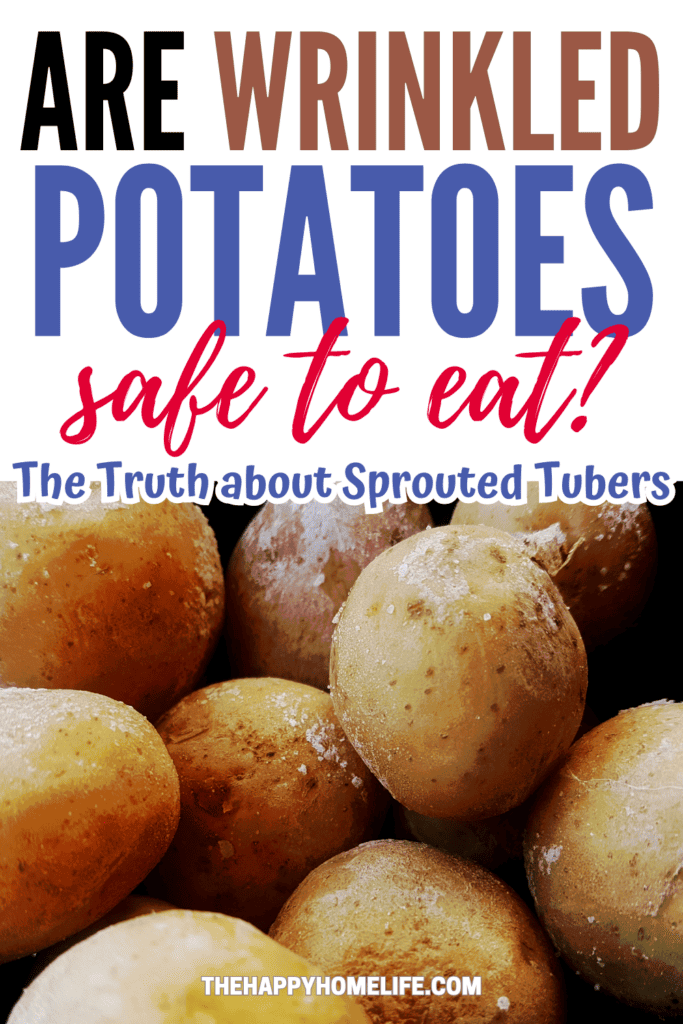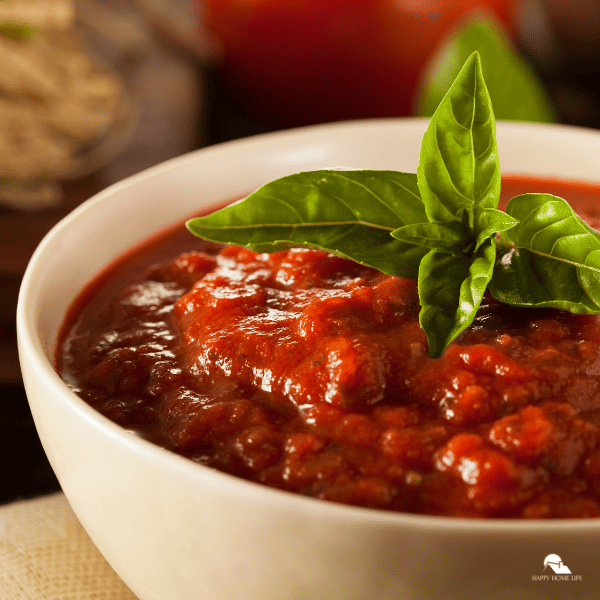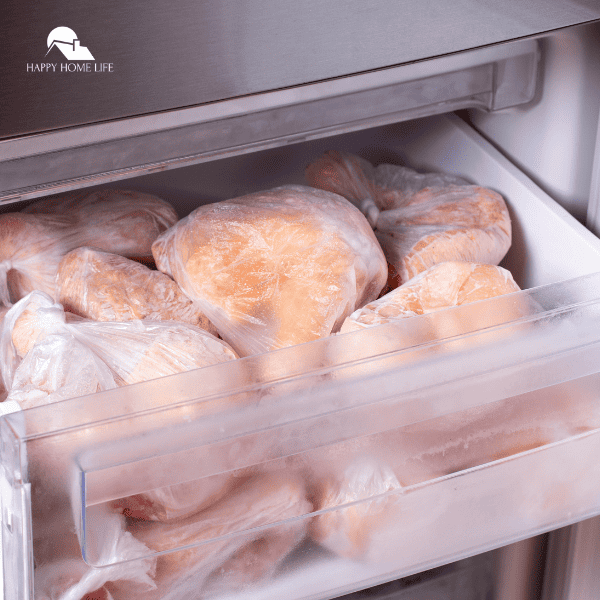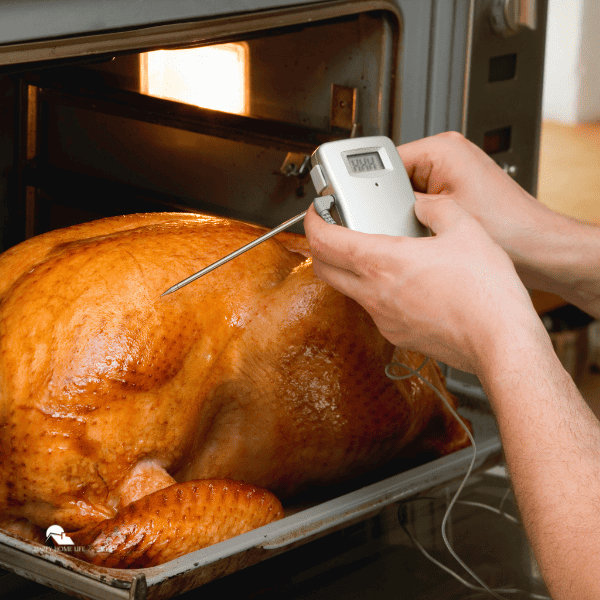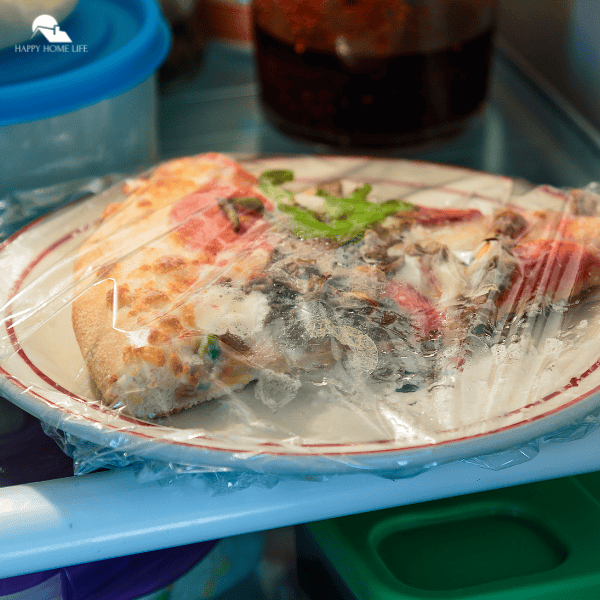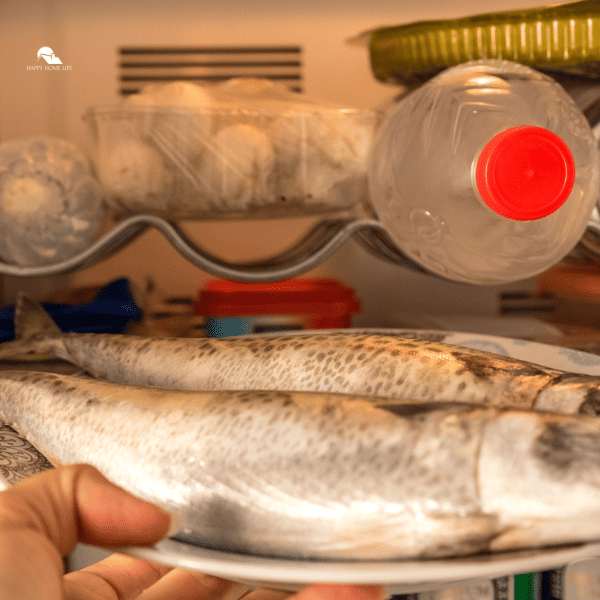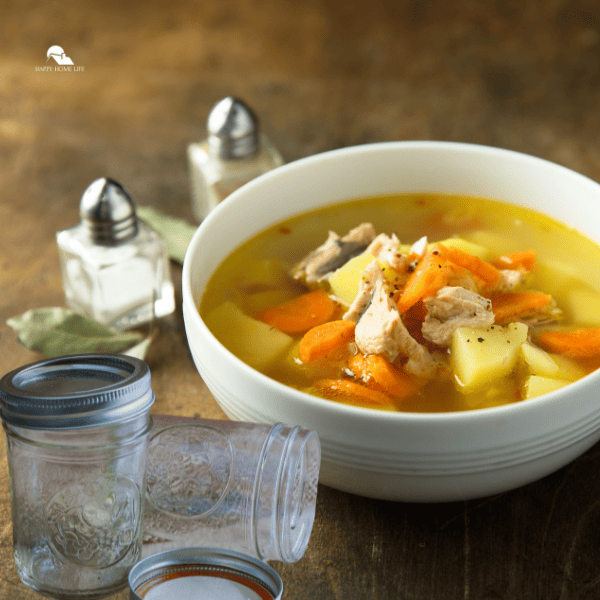When you encounter wrinkled potatoes in your pantry, it’s important to assess whether they’re safe to consume. Potatoes naturally wrinkle as they dehydrate and lose their firmness, which often occurs due to prolonged storage. A wrinkled appearance alone does not necessarily render a potato inedible. However, it is a sign that the potato is past its prime and may not have the best texture or flavor for your dishes.
Are Wrinkled Potatoes Safe to Eat?
Wrinkled potatoes are safe to eat as long as they have not started to spoil. When potatoes wrinkle, it’s due to the water content drying away as they age, which doesn’t pose a safety risk. However, if the potatoes have started to shrivel, soften, develop long sprouts, or exhibit signs of spoilage such as being soft, squishy, greenish, rotten, or smelly, they should not be consumed.
Additionally, if the potatoes have sprouts, the sprouts should be removed before consumption, as they contain high levels of toxic chemicals like solanine. Ultimately, mildly wrinkled potatoes are still good to eat, but any signs of spoilage should be avoided.
You might enjoy these posts:
Now that we have that covered, let’s dive deep into this topic.
Solanine In Wrinkle Potatoes
Apart from wrinkles, other factors must be considered to determine the safety of a potato. Check for the presence of green patches or sprouts, which indicate the production of solanine, a natural toxin that can cause gastrointestinal discomfort if ingested in large quantities.
It’s advisable to remove these parts thoroughly before cooking. Eating a potato that is soft to the touch or has a foul odor can also be an indication of spoilage, and such potatoes should not be consumed.
Consuming a slightly wrinkled potato can be safe after a proper inspection for other signs of spoilage. To minimize any risks, always inspect the potato thoroughly and ensure that no other spoilage indicators are present. When in doubt, it’s best to err on the side of caution and discard any potatoes that don’t pass your inspection.
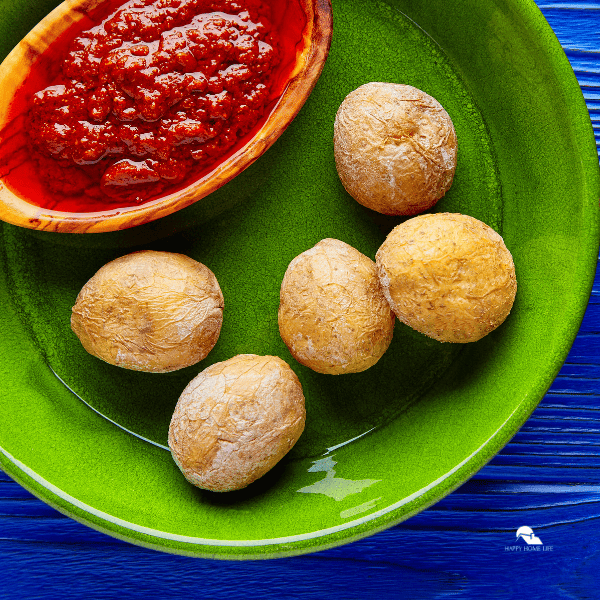
Identification of Safe and Unsafe Potatoes
When assessing the safety of potatoes, your senses are your best tools. Pay attention to appearance and texture to determine if the potato is fit for consumption.
Visual Inspection
Your initial step is to examine the skin of the potato. Look for:
- Wrinkled Potatoes: Slight wrinkling can simply mean dehydration, but extreme shriveling may indicate decay.
- Color: Potatoes should have a consistent color typical to their variety. Watch out for green spots, which suggest the presence of solanine, a natural toxin.
- Sprouts: Tiny sprouts can be removed, but long sprouts usually accompany other signs of deterioration.
- Skin Texture: A healthy potato will have a firm, taut skin. Softening often precedes spoilage.
Assess the firmness; a fresh potato is firm to the touch. Blemishes and dark spots can be indicators of rot; discard the potato if these are abundant.
Signs of Spoilage
- Texture: If a potato is soft or mushy, it’s not safe to eat. Excessive softness indicates rot.
- Odor: A foul or sour smell is a clear sign the potato has spoiled.
- Mold: Any presence of mold, typically white or green fuzz, renders the potato inedible.
Remember to trust your judgement. If you’re unsure about the potato’s condition, it’s safest to dispose of it.
Health Implications of Eating Wrinkled Potatoes
When you consume wrinkled potatoes, you should be aware of the health risks associated with toxins and the symptoms of potential food poisoning.
Toxicity Potential
Wrinkled potatoes often indicate dehydration or age, but these visual cues also signal the possible increase in solanine and other glycoalkaloids—natural toxins potatoes produce. While low levels of these compounds generally don’t pose a threat, consuming them in high quantities can compromise your health.
It’s vital to recognize that the concentration of these substances is typically higher in the skin and sprouted eyes of potatoes. If the wrinkled potatoes have a green tinge, this is a strong indicator of solanine, and they should be discarded to avoid ingestion of the toxin.
Food Poisoning Symptoms
If you’ve eaten wrinkled potatoes that contained higher levels of glycoalkaloids, be alert for symptoms of food poisoning. Symptoms can appear within a few hours to a day after consumption and include:
- Vomiting
- Diarrhea
- Fever
- Headaches
These signs are your body’s response to the poisonous elements ingested and an indication that the digestive system is attempting to expel the toxin. If you experience severe or prolonged symptoms, it is crucial to seek medical attention promptly.
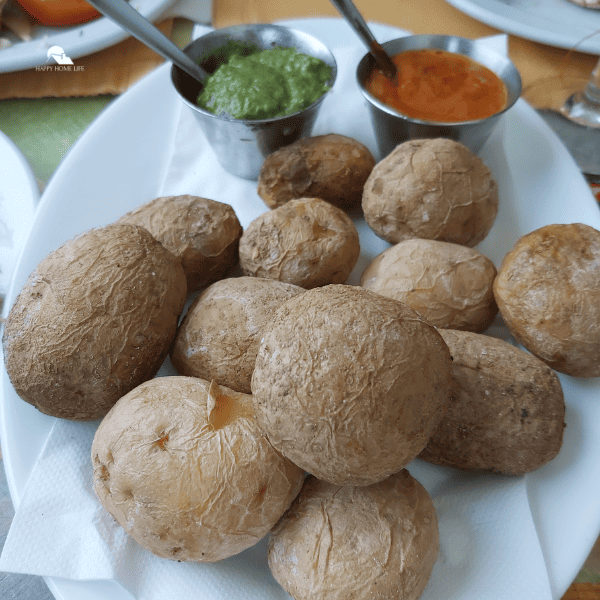
Proper Storage Techniques
Proper storage of potatoes can significantly extend their shelf life and maintain their quality. Moisture control and the choice of storage location are crucial to prevent spoilage.
Best Practices
Store Potatoes in a Cool, Dark Place: Your pantry or cellar should be the ideal storage area, aiming for temperatures between 45°F and 50°F. This temperature range slows down the sprouting process, helping to keep your potatoes fresh for longer.
- Maintain Air Circulation: Use a basket, a net bag, or even a cardboard box with holes to allow for proper air circulation. Do not seal potatoes in airtight containers.
- Use a Hygrometer: Monitor humidity levels with a hygrometer to ensure that the moisture levels in your storage area do not facilitate the growth of mold.
Common Mistakes
Storing with Other Produce: Avoid storing potatoes near onions or fruits that release ethylene gas, like apples, as this can accelerate sprouting and spoilage.
- Exposure to Light: Do not leave potatoes in areas with excessive light, as this can lead to the development of solanine, a toxic compound.
- Ignoring Signs of Spoilage: Regularly check your stored potatoes for sprouting, soft spots, or a musty smell, as these are indicators that they may no longer be safe to eat.
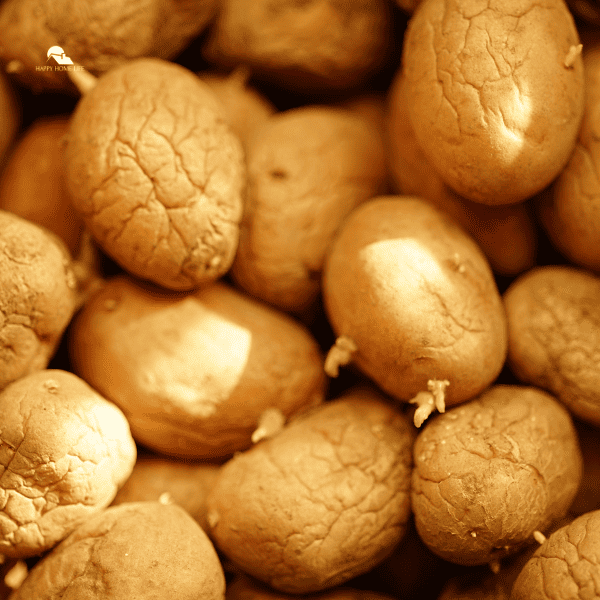
Preparation and Consumption Guidelines
When dealing with wrinkled potatoes, it’s crucial to discern when they can still be safely consumed and how to prepare them. Specifically, you’ll want to pay attention to the methods of cooking as well as the indications for when a potato should no longer be eaten.
Cooking Tips
- Cleaning: Always thoroughly wash your potatoes to remove potential contaminants.
- Peeling: It is advisable to peel wrinkled potatoes as the skin may have begun to deteriorate.
- Cooking Methods:
- Boiling: For mashed potatoes, boiling peeled potatoes until tender is recommended.
- Baking: Cook the peeled potatoes at a moderate temperature until they are soft inside.
- Frying: For potato salad or similar dishes, frying small cubes or slices of potato can enhance their flavor.
Remember, cooking does not just improve taste, but also ensures safety by killing potential bacteria.
When to Discard Potatoes
- Sprouts: If the potato has extensive sprouting, it’s best to discard it.
- Softness: A potato that feels very soft or has sunken areas should be thrown away.
- Discoloration: Look for significant green discoloration, especially after peeling, as this could indicate the presence of solanine, which can be toxic.
- Odor: A foul smell is a clear sign that the potato is no longer safe to eat.
It’s important to trust your senses and err on the side of caution to avoid consuming a potato that might make you ill.
